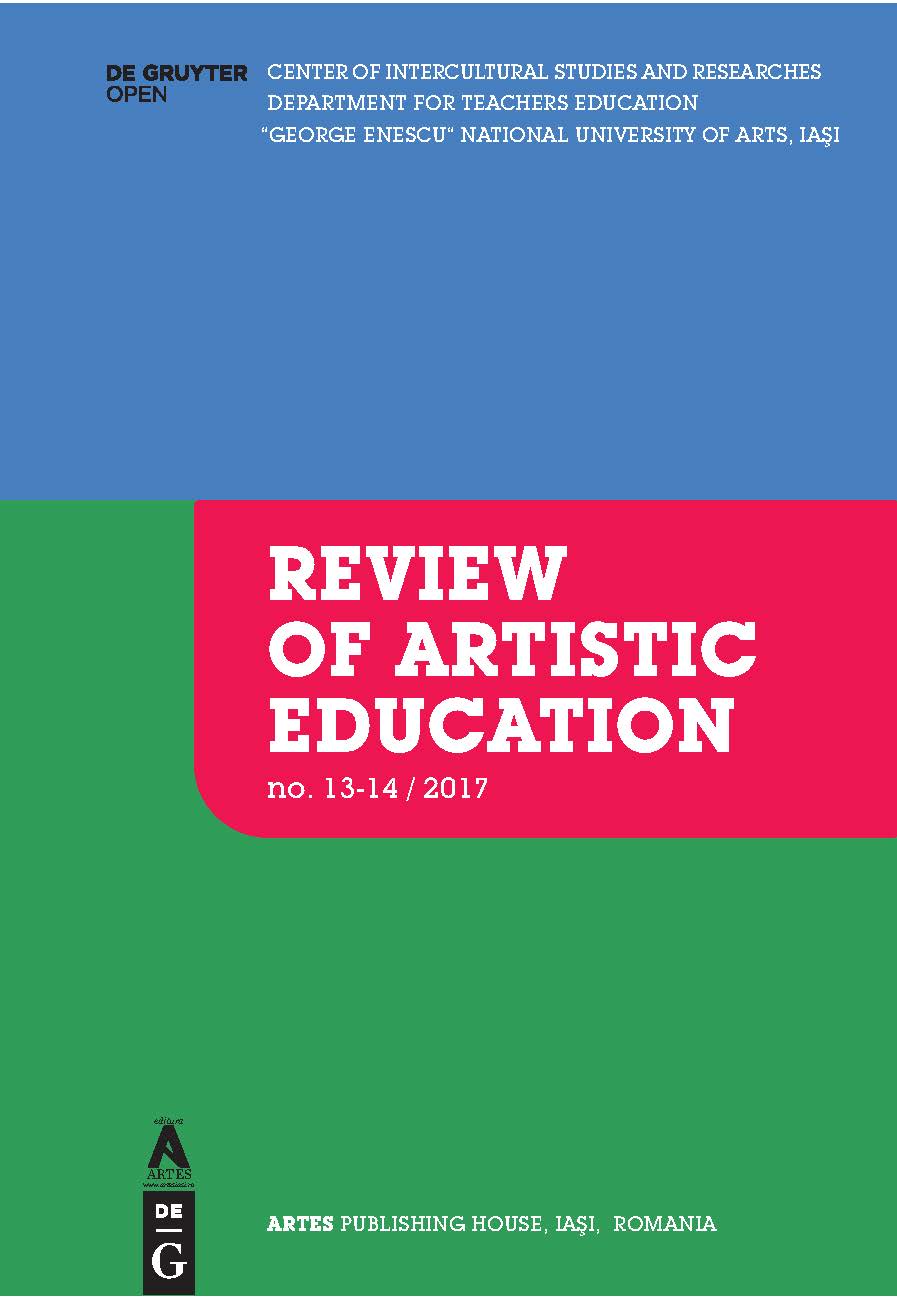INDUSTRIAL DESIGN AND CONTEXTUALISM: THE APPLIED ARTS CONSTITUENT/ CURRICULUM IMPERATIVES IN DESIGN PRACTICE AND EDUCATION
INDUSTRIAL DESIGN AND CONTEXTUALISM: THE APPLIED ARTS CONSTITUENT/ CURRICULUM IMPERATIVES IN DESIGN PRACTICE AND EDUCATION
Author(s): Obasuyi Osa-Francis EferSubject(s): Fine Arts / Performing Arts
Published by: Editura ARTES
Keywords: Algorithmic / Heuristic Approaches; Contextualism; Design Curriculum/ Education; Ideation; Industrial Plasticine; “Partipris”; Polymer Clay;
Summary/Abstract: This paper examined the Curriculum imperatives of Industrial design education and the Contextualism of the principles and practice of disciplines such as Applied Arts and Industrial Design viz-a-viz their constituent and contextual roles and place in design practice/ Industry. The issue of contextualism as it relates to Design and the Applied Arts according to DeRose, K. (2009) would seem to mean a collection of views, theories, principles or philosophy of Design / applied Arts which seems to emphasize the context in which the action principles or purpose of design is understood relative to such a context. ie. In Design, the principles and practice of Applied Arts / Design disciplines (such as in Architecture) for example, contextualism refers to that theory of design in which modern / contemporary designs (buildings, products or structures) are harmonized together with the contemporary design ideals, forms and characteristics peculiar to modern ways/styles of living. (Jencks, 2002).This informed the need and thrust of this paper which was predicated on the consideration of contextualing such a role/place of the Applied Arts as a constituent of Design and spotlighting it to be innately and intrinsically connected to the resultative man-made material culture and society. The paper also seeks to establish that the principles and practice of Design education emphasises the Teacher-learner relationship which is aimed at imparting credible problem solving skills and initiatives such as drawing, drafting (draught-manship), modeling or sculpting (in clay or industrial plasticine) styling and prototype creation (realized by moulding/shaping of the clay material to assume any contour, shape, form or topology of the given object) in ordeer to achieve that innate context and desire for the perfect product so designed. This paper recommends that for any design to succeed it must emplace (strictly) a well articulated Industrial Design Curriculum which elucidates those Applied Arts principles and practice as a constituent/major component part in the Design process of manufacture of any given design initiative.
Journal: Review of Artistic Education
- Issue Year: 2017
- Issue No: 13+14
- Page Range: 249-261
- Page Count: 13
- Language: English
- Content File-PDF

